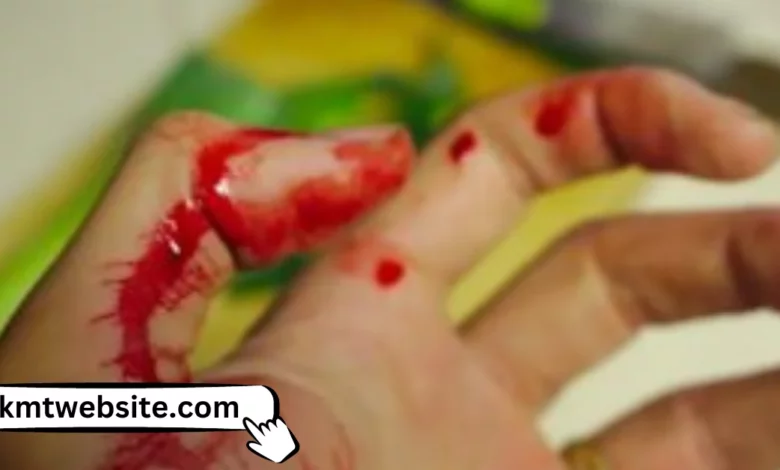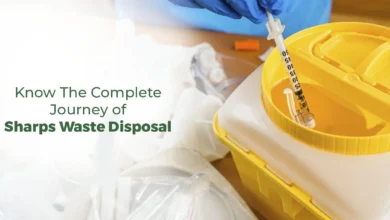Mild, Moderate, Severe Bleeding

How do you spot profuse bleeding?
And can you tell if the injury is severe? Everyone will experience some form of bleeding from time to time, but there’s a difference between a little blood loss and a tricky issue.
Bleeding is a severe matter that draws vital fluids from the body. While all bleeding inherently poses a risk to one’s health, severe bleeding represents a higher risk than moderate bleeding, which poses a higher risk than that mild bleeding.
Are you ready to learn about the different levels of severity of bleeding? If so, then read on!
Understanding Mild, Moderate, and Severe Bleeding
Mild bleeding occurs when a light trickle of blood from a wound. Moderate bleeding is slightly more severe. It is defined as when bleeding is so intense that it forms clots and is more difficult to stop.
Severe bleeding is when a person loses more than a cup of blood per minute. In this situation, the blood does not form a clot; if left untreated, the person may go into shock or lose consciousness.
Causes and Symptoms of Bleeding Severity
Bleeding severity is a critical medical condition caused by a disruption in the body’s clotting mechanism, leading to excessive bleeding. It can be caused by various conditions, including trauma, congenital or genetic disorders, or certain types of cancer.
Symptoms of bleeding severity may include blood in urine or stool, coughing up or vomiting blood, heavy menstrual bleeding, bleeding from cuts or wounds that do not stop, fatigue or pale skin, or mental confusion.
Causes of bleeding severity vary. Still, common risk factors include a family history of bleeding disorders, liver failure or cirrhosis, certain medications, or a vitamin K deficiency.
Diagnosing and Treating Bleeding Severity
The first step in treating severe bleeding is to identify the source and act to try to control the bleeding. The initial approach may include pressure and direct pressure techniques, tourniquets, and wound packing.
Remember, it is crucial to remain calm when dealing with severe bleeding. Pay attention to any signs of shock, as this could be life-threatening. To learn more about how to treat severe bleeding, get a first aid certification at https://cprcertificationnow.com/products/first-aid-for-severe-bleeding-certification. To provide and gain further knowledge on safety considerations and more.
When to Seek Emergency Medical Attention
Suppose you are experiencing bleeding (eg. from cuts, lacerations, severe nosebleeds, heavy menstrual bleeding, etc.). In that case, you should seek emergency medical attention if it is severe and if it does not stop after 10-15 minutes of direct pressure has been applied. It’s always better to be safe and avoid caution so that proper medical attention can be provided.
Seeking emergency medical attention is vital to ensure that you don’t need stitches or any other medical intervention. In some cases, excessive bleeding can also signify a serious underlying health problem and should be investigated as soon as possible.
The Best Way To Prevent Severe Bleeding
Mild, moderate, and severe bleeding can cause serious health risks and even death. The best way to prevent this is to seek proper medical attention promptly.
Take action now to get the help needed before the bleeding turns into a worse issue. Contact your medical provider if you have any concerns.
For more articles like this one, check out the rest of our blog.
Visit for more articles: kmtwebsite.com




